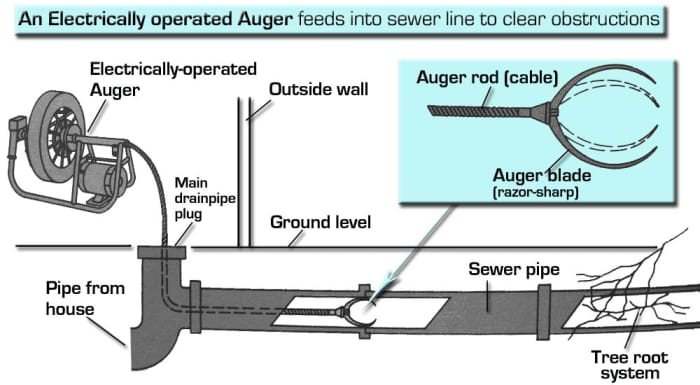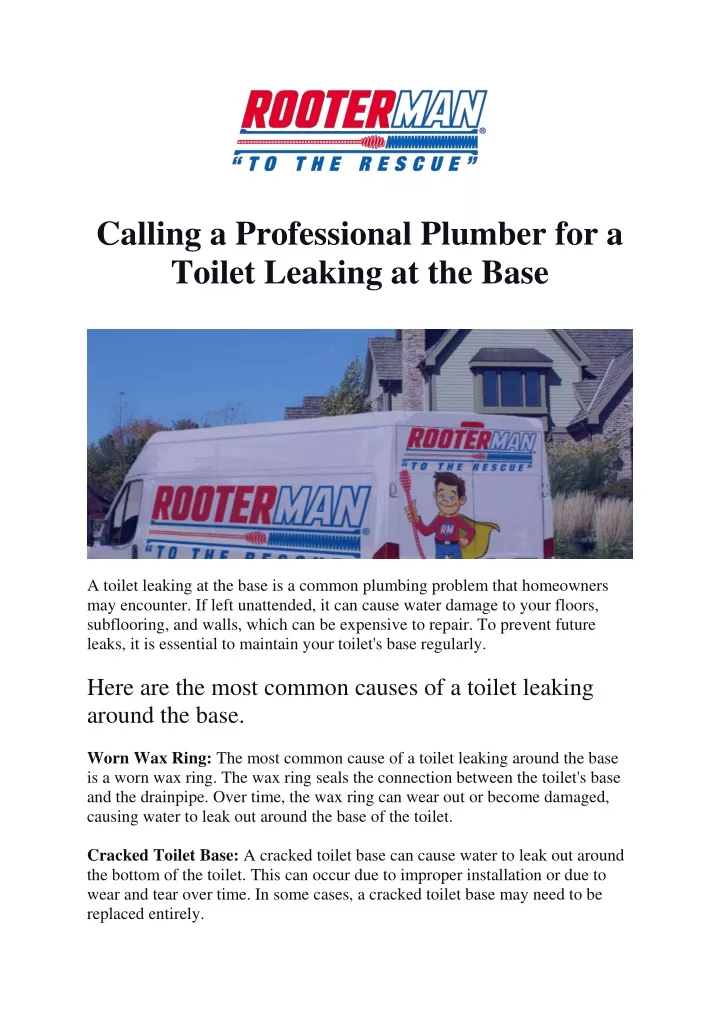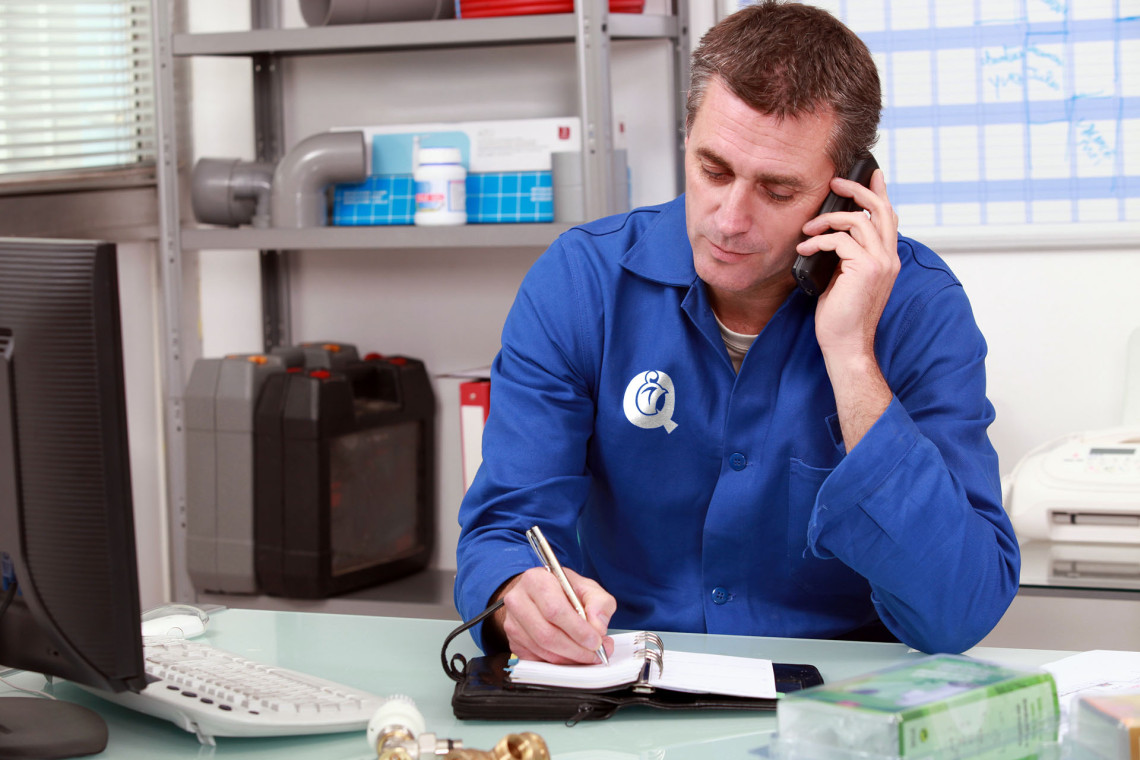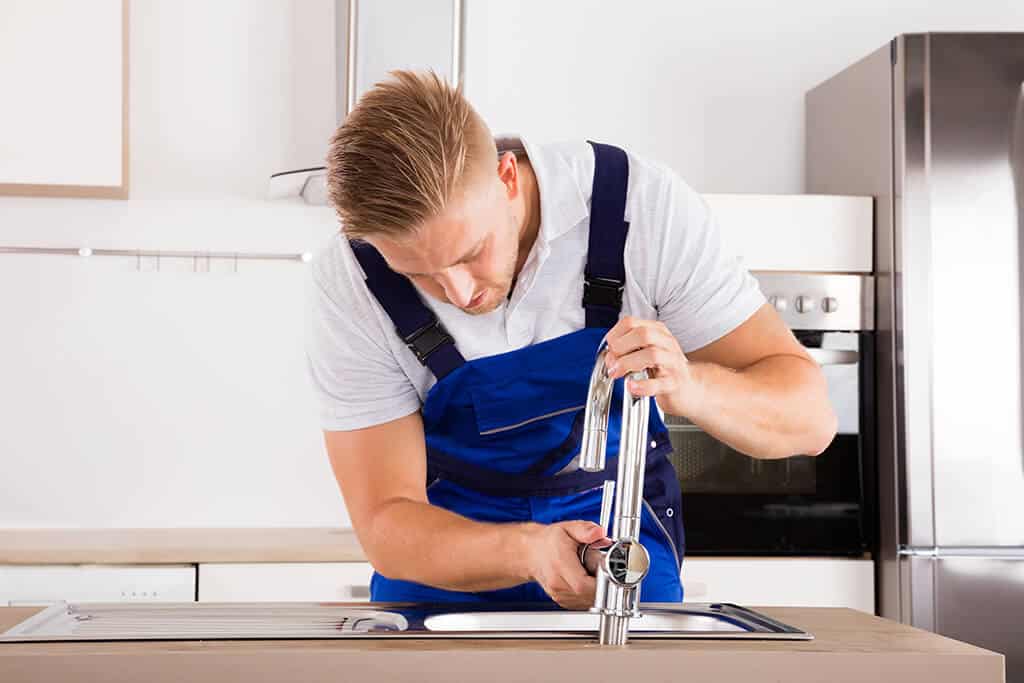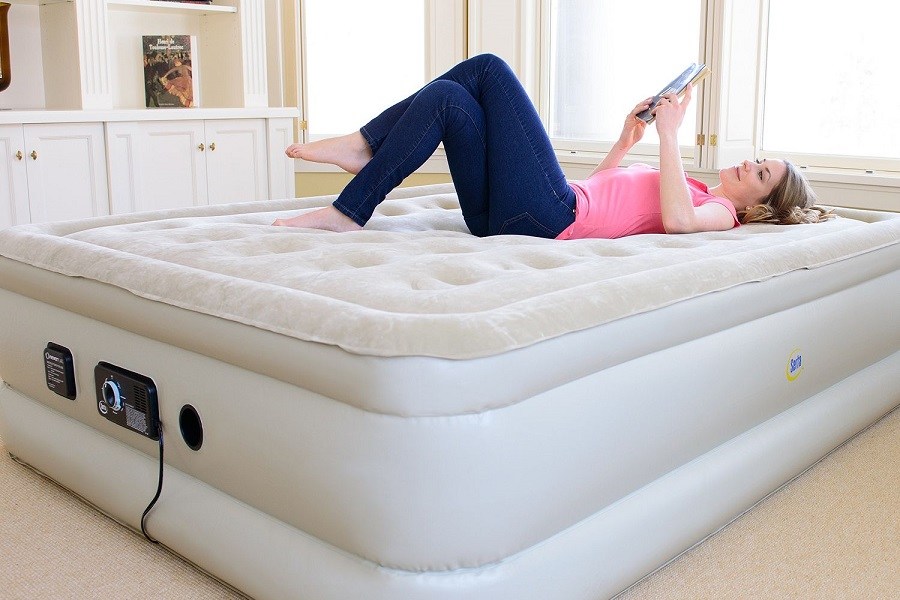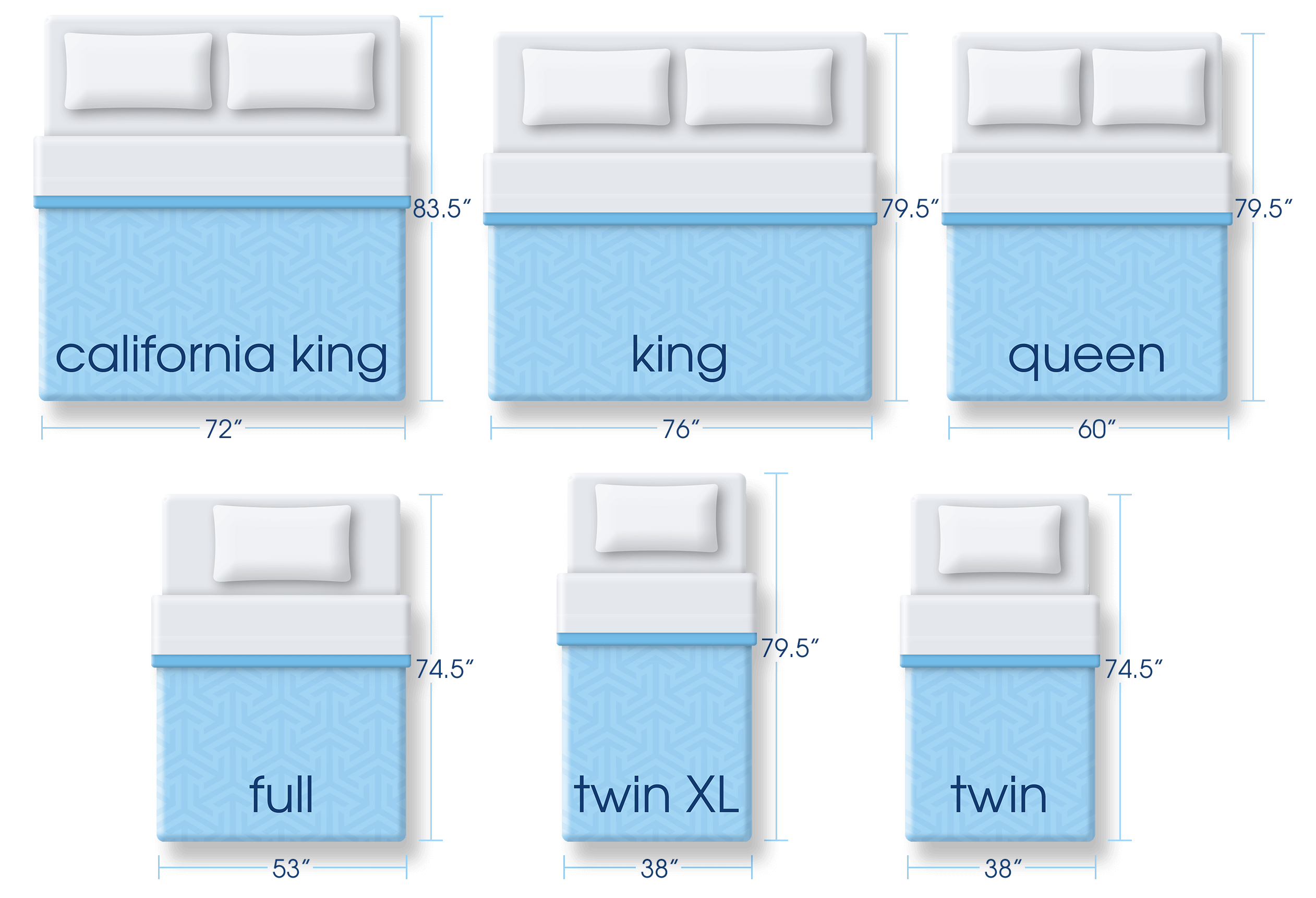When it comes to unclogging a clogged bathroom sink, one of the first methods you should try is using a plunger. This simple tool is designed to create suction and dislodge any blockages in your sink's drain. To use a plunger, start by filling your sink with a few inches of water and making sure the plunger's rubber cup is fully submerged. Then, place the plunger over the drain and push down firmly. After a few plunges, the suction should dislodge the blockage and allow the water to flow freely down the drain. For tougher clogs, you can also try using a plunger with a flange, which is designed specifically for sinks. This will create a tighter seal and provide more force to help break up the clog.Using a plunger
If a plunger doesn't do the trick, your next option is to use a drain snake. This long, flexible tool is inserted into the drain and can help break up and remove clogs that are deeper in the pipes. To use a drain snake, insert the end with the auger into the drain and begin turning the handle clockwise. This will allow the auger to grab onto any debris in the pipes and pull it out. Repeat this process a few times and then run hot water down the drain to flush out any remaining debris. Be sure to wear gloves when handling a drain snake, as it can be messy and potentially unsanitary. It's also important to choose the right size drain snake for your sink, as using one that is too large may cause damage to the pipes.Using a drain snake
If you prefer to use natural methods to unclog your bathroom sink, a mixture of baking soda and vinegar can be a great alternative to harsh chemicals. This combination creates a chemical reaction that can help break up clogs and clear your drain. To use this method, start by pouring about half a cup of baking soda down the drain. Then, follow it with half a cup of vinegar. The mixture will start to bubble and fizz, so cover the drain with a cloth or stopper to prevent it from coming back up. Let the mixture sit for about 30 minutes, then flush it down with hot water. This method may need to be repeated a few times for tougher clogs, but it is a safe and environmentally friendly option for unclogging your bathroom sink.Using a mixture of baking soda and vinegar
If all else fails, you can turn to a chemical drain cleaner to unclog your bathroom sink. These products contain powerful chemicals that can break up and dissolve stubborn clogs. However, they should be used as a last resort, as they can be harmful to both you and the environment. When using a chemical drain cleaner, be sure to follow the instructions carefully and wear protective gear, including gloves and eye protection. These products can also damage your pipes if not used correctly, so it's best to use them sparingly and only as a last resort.Using a chemical drain cleaner
If you have a wet/dry vacuum at home, you can also use it to unclog your bathroom sink. This method is best for removing larger debris, such as hair, that may be causing the blockage. To use a wet/dry vacuum, set it to vacuum liquids and cover the vent with a cloth to prevent any debris from being sucked into the machine. Then, place the hose over the drain and turn on the vacuum. The suction should be strong enough to pull out any clogs in the drain. After using this method, be sure to clean out the vacuum thoroughly to prevent any lingering odors or bacteria.Using a wet/dry vacuum
If you're comfortable with a bit of DIY plumbing, you can try removing and cleaning the P-trap to unclog your bathroom sink. The P-trap is the curved pipe under your sink that helps prevent odors from coming back up through the drain. To remove and clean the P-trap, place a bucket or bowl under the pipe to catch any water that may spill out. Then, use a wrench to loosen the nuts on either end of the P-trap and remove it from the sink. Clean out any debris or buildup inside the trap and then reattach it to the sink. Be sure to have a plumber's tape on hand to reseal any connections if necessary. Once the P-trap is back in place, run hot water down the drain to flush out any remaining debris.Removing and cleaning the P-trap
A plumbing snake, also known as an auger, is a longer and more heavy-duty version of a drain snake. This tool is best used for more stubborn and deep clogs that a regular drain snake may not be able to reach. To use a plumbing snake, insert the end with the auger into the drain and turn the handle clockwise to feed it into the pipes. Once you feel resistance, continue turning the handle to break up the clog. Then, pull the snake out and run hot water down the drain to flush out any remaining debris.Using a plumbing snake
If you prefer to use natural ingredients but don't have baking soda or vinegar on hand, you can make your own homemade drain cleaner using a combination of hot water, salt, and essential oils. Salt has natural abrasive properties that can help break up clogs, while essential oils can provide a pleasant scent and antibacterial properties. To make a homemade drain cleaner, mix about half a cup of salt with a few drops of your chosen essential oil. Pour the mixture down the drain and follow it with a pot of boiling water. The hot water will help dissolve the salt and push it through the pipes, breaking up any clogs in its path.Using a homemade drain cleaner
A plumbing auger, or a power auger, is a tool used by professional plumbers to unclog drains. This method is best for tough clogs that can't be dislodged by other methods. To use a plumbing auger, insert the end with the auger into the drain and turn on the power. The auger will spin and break up any clogs in the pipes. Be sure to follow the instructions carefully and wear protective gear when using this powerful tool.Using a plumbing auger
If all else fails, or if you're not comfortable trying to unclog your bathroom sink on your own, it's best to call a professional plumber. They have the tools and expertise to properly diagnose and fix any clogs in your sink's drain. A professional plumber can also provide preventative maintenance tips to help keep your sink from getting clogged in the future. It's always better to invest in a professional's help than to risk causing further damage to your plumbing system. Unclogging a clogged bathroom sink may seem like a daunting task, but with these 10 safest methods, you can tackle even the toughest of clogs. Remember to always use caution and proper safety measures when attempting to unclog your sink, and don't hesitate to call a professional if needed. With a little perseverance and the right tools, your bathroom sink will be back to its fully functioning state in no time.Calling a professional plumber
The Safest Way to Unclog a Clogged Bathroom Sink

Why is Unclogging a Clogged Bathroom Sink Important?
 A clogged bathroom sink can be a major inconvenience for any homeowner. Not only does it disrupt daily routines, but it can also lead to bigger plumbing problems if not addressed properly. That's why it's important to know the safest and most effective way to unclog a clogged bathroom sink.
A clogged bathroom sink can be a major inconvenience for any homeowner. Not only does it disrupt daily routines, but it can also lead to bigger plumbing problems if not addressed properly. That's why it's important to know the safest and most effective way to unclog a clogged bathroom sink.
Common Causes of a Clogged Bathroom Sink
 Before we dive into the safest way to unclog a clogged bathroom sink, it's important to understand the common causes of this issue. The most common reason for a clogged bathroom sink is a build-up of hair, soap scum, and toothpaste residue in the drain. Other potential causes include foreign objects such as jewelry or small toys accidentally falling into the sink, as well as a build-up of mineral deposits over time. Regardless of the cause, it's important to address a clogged bathroom sink promptly to avoid any further damage.
Before we dive into the safest way to unclog a clogged bathroom sink, it's important to understand the common causes of this issue. The most common reason for a clogged bathroom sink is a build-up of hair, soap scum, and toothpaste residue in the drain. Other potential causes include foreign objects such as jewelry or small toys accidentally falling into the sink, as well as a build-up of mineral deposits over time. Regardless of the cause, it's important to address a clogged bathroom sink promptly to avoid any further damage.
The Safest Way to Unclog a Clogged Bathroom Sink
 When it comes to unclogging a clogged bathroom sink, many people turn to harsh chemical drain cleaners. However, these products can be harmful to your health and can also damage your pipes. The safest and most effective way to unclog a clogged bathroom sink is by using a plunger or a plumbing snake. A plunger creates a vacuum that dislodges the clog, while a plumbing snake works to physically remove the blockage.
Pro Tip:
For a more eco-friendly option, you can also use a mixture of baking soda and vinegar to help break down and dissolve the clog.
When it comes to unclogging a clogged bathroom sink, many people turn to harsh chemical drain cleaners. However, these products can be harmful to your health and can also damage your pipes. The safest and most effective way to unclog a clogged bathroom sink is by using a plunger or a plumbing snake. A plunger creates a vacuum that dislodges the clog, while a plumbing snake works to physically remove the blockage.
Pro Tip:
For a more eco-friendly option, you can also use a mixture of baking soda and vinegar to help break down and dissolve the clog.
Preventing Future Clogs
 Now that you know how to safely unclog a clogged bathroom sink, it's important to take preventative measures to avoid future clogs. One simple way to prevent clogs is by using a drain cover to catch hair and other debris before it goes down the drain. Regularly cleaning your sink drain with a mixture of baking soda and vinegar can also help prevent build-up and keep your drain flowing smoothly.
Final Thoughts
Dealing with a clogged bathroom sink can be a frustrating experience, but with the right tools and knowledge, you can safely and effectively unclog it. Remember to always opt for the safest methods and take preventative measures to avoid future clogs. If the clog persists or seems to be a recurring issue, it's best to call a professional plumber for further assistance.
Now that you know how to safely unclog a clogged bathroom sink, it's important to take preventative measures to avoid future clogs. One simple way to prevent clogs is by using a drain cover to catch hair and other debris before it goes down the drain. Regularly cleaning your sink drain with a mixture of baking soda and vinegar can also help prevent build-up and keep your drain flowing smoothly.
Final Thoughts
Dealing with a clogged bathroom sink can be a frustrating experience, but with the right tools and knowledge, you can safely and effectively unclog it. Remember to always opt for the safest methods and take preventative measures to avoid future clogs. If the clog persists or seems to be a recurring issue, it's best to call a professional plumber for further assistance.

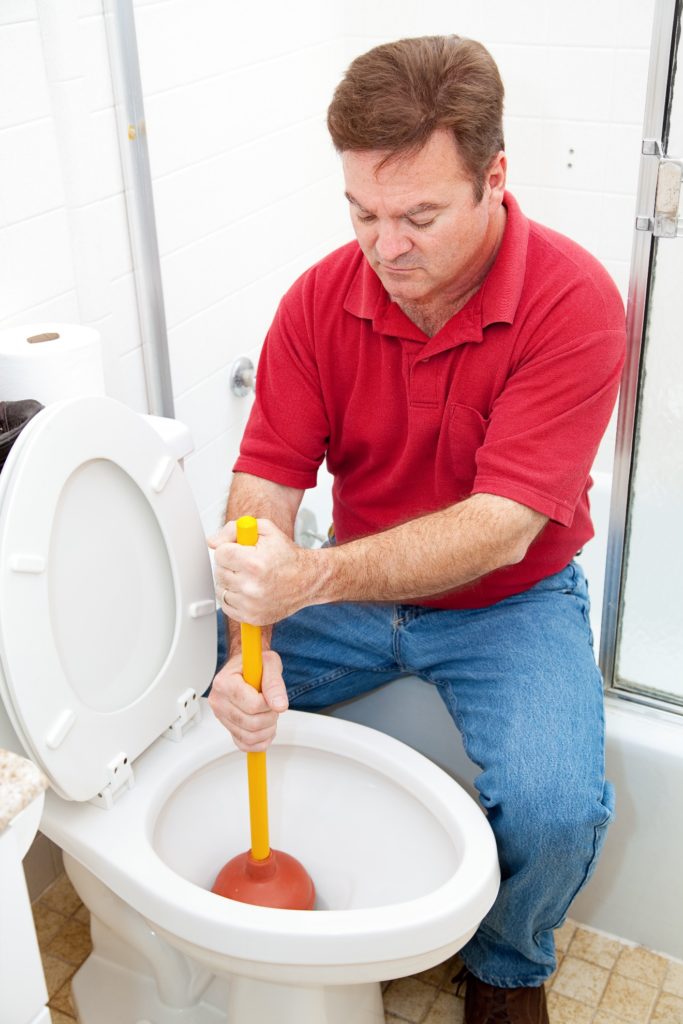


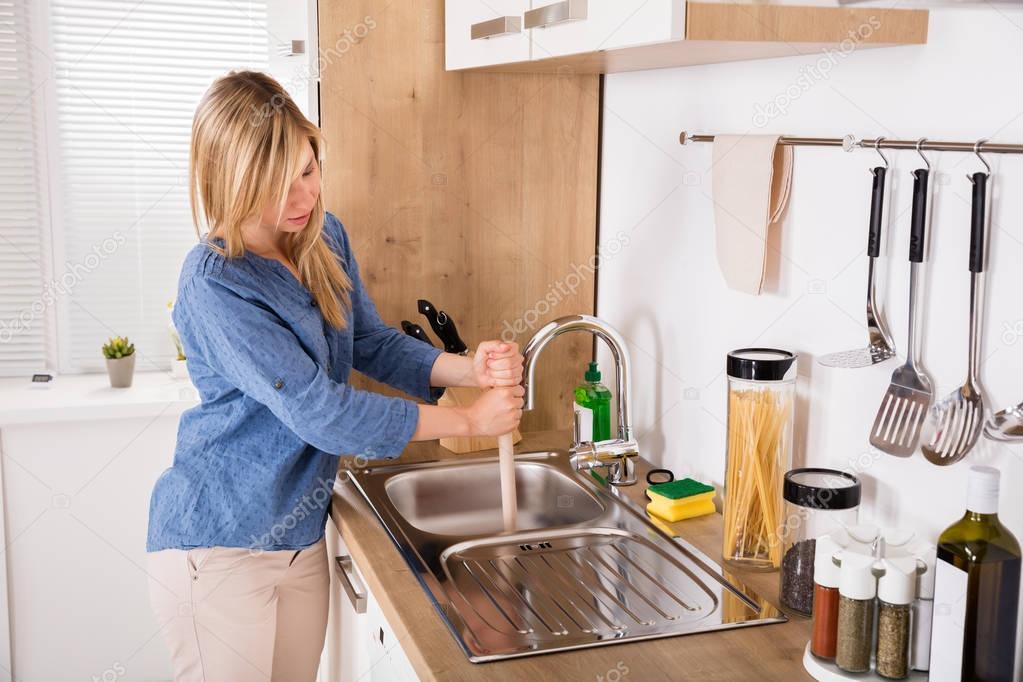




:max_bytes(150000):strip_icc()/woman-wearing-yellow-washing-up-gloves-to-unblock-sink-using-plunger-close-up-131987463-5887cfc03df78c2ccd92ec9e.jpg)


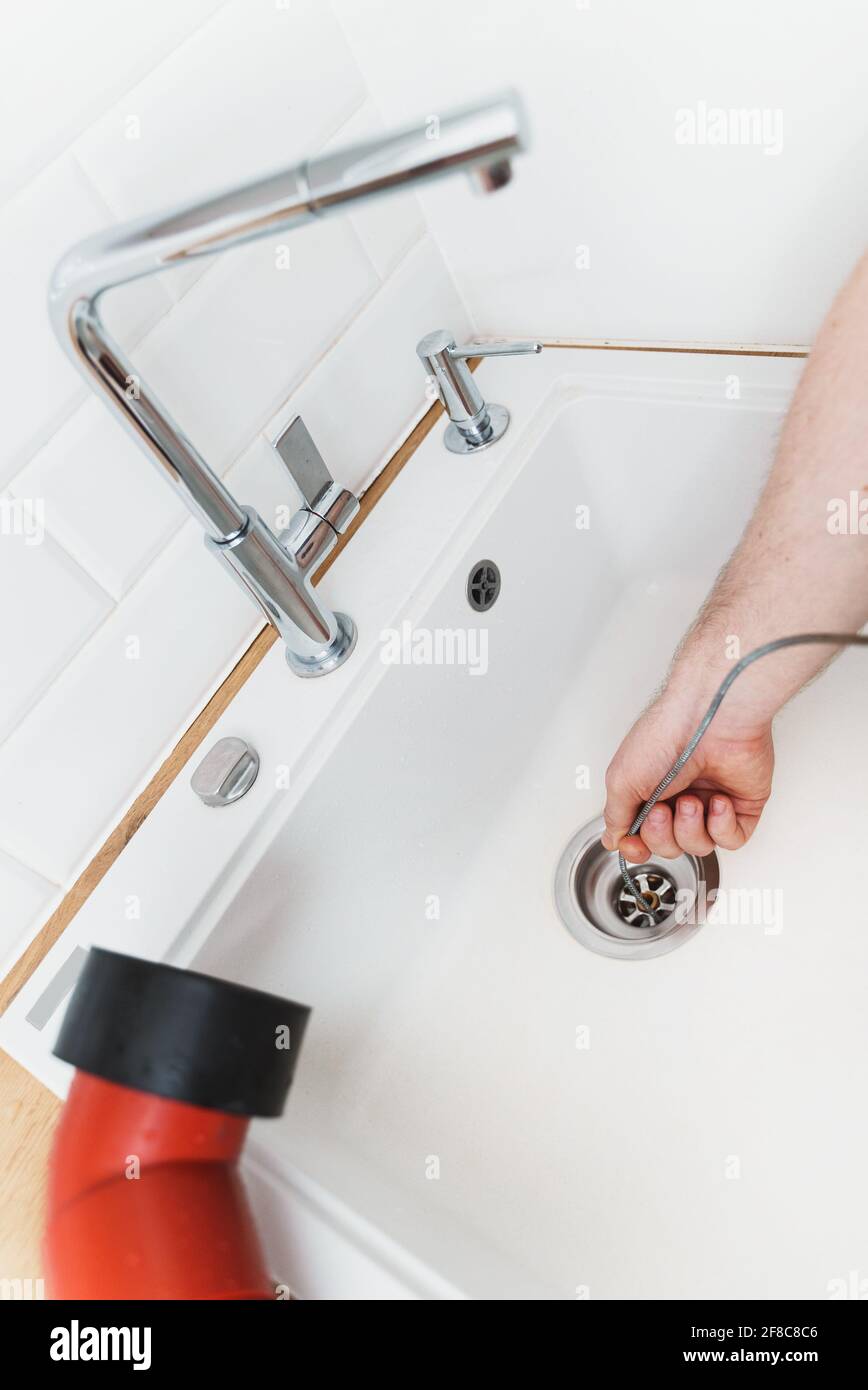
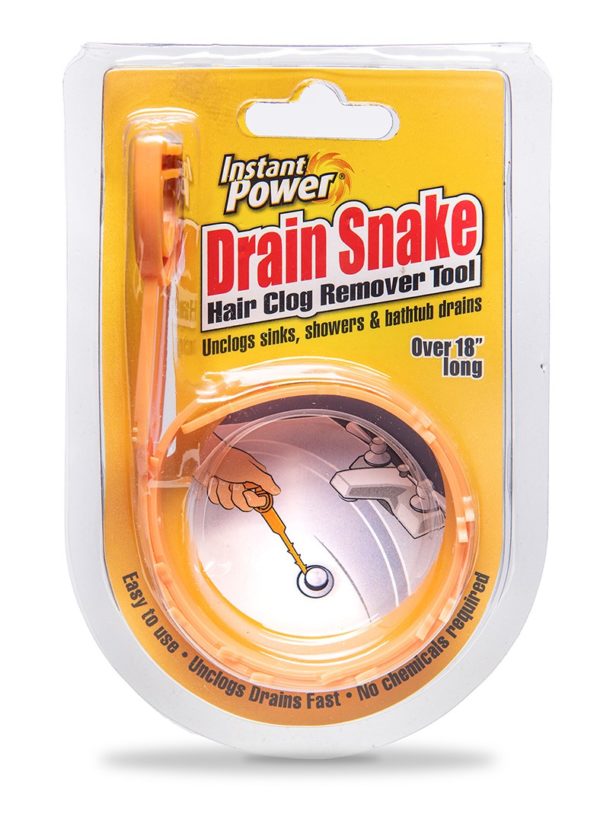
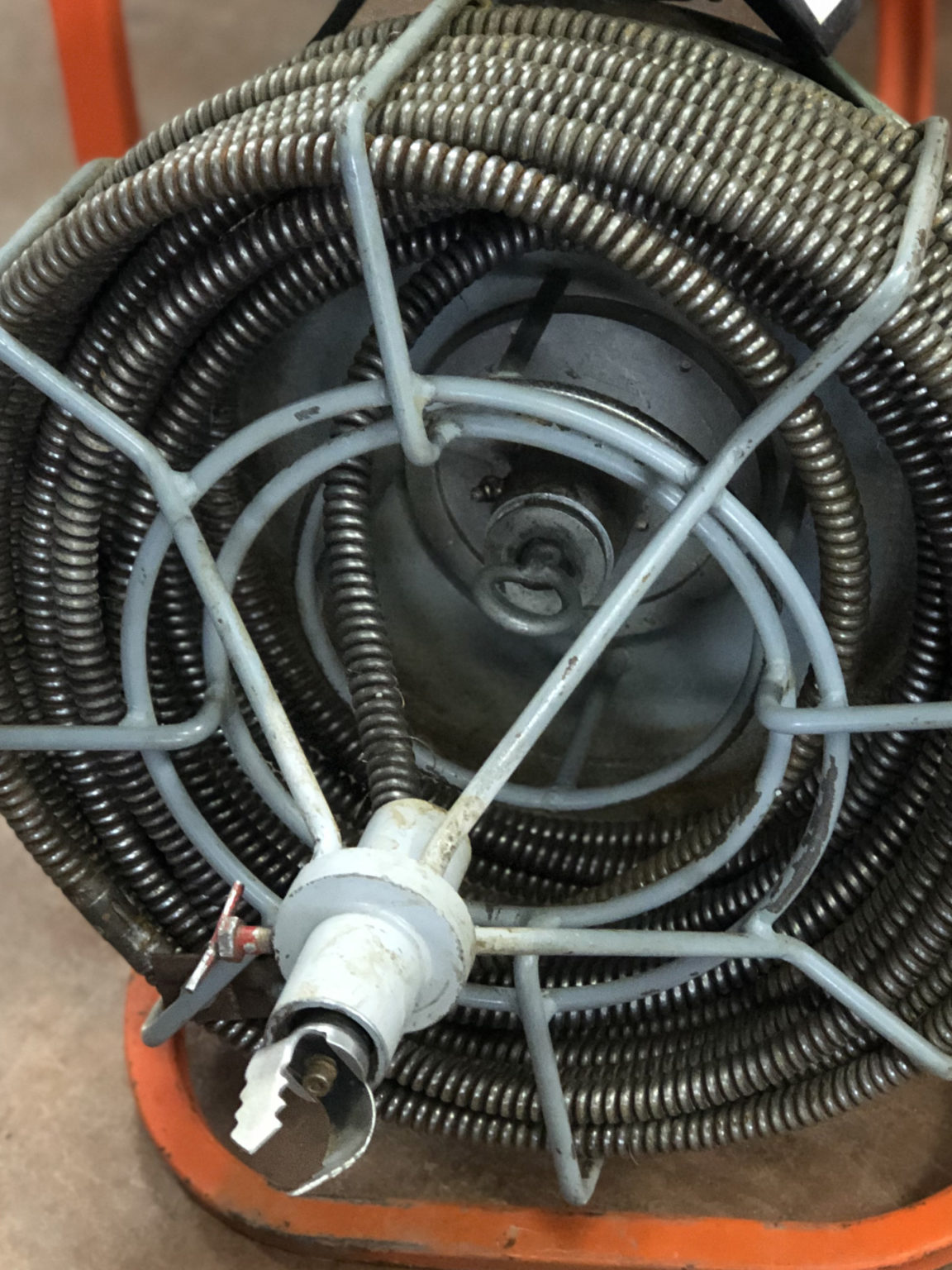

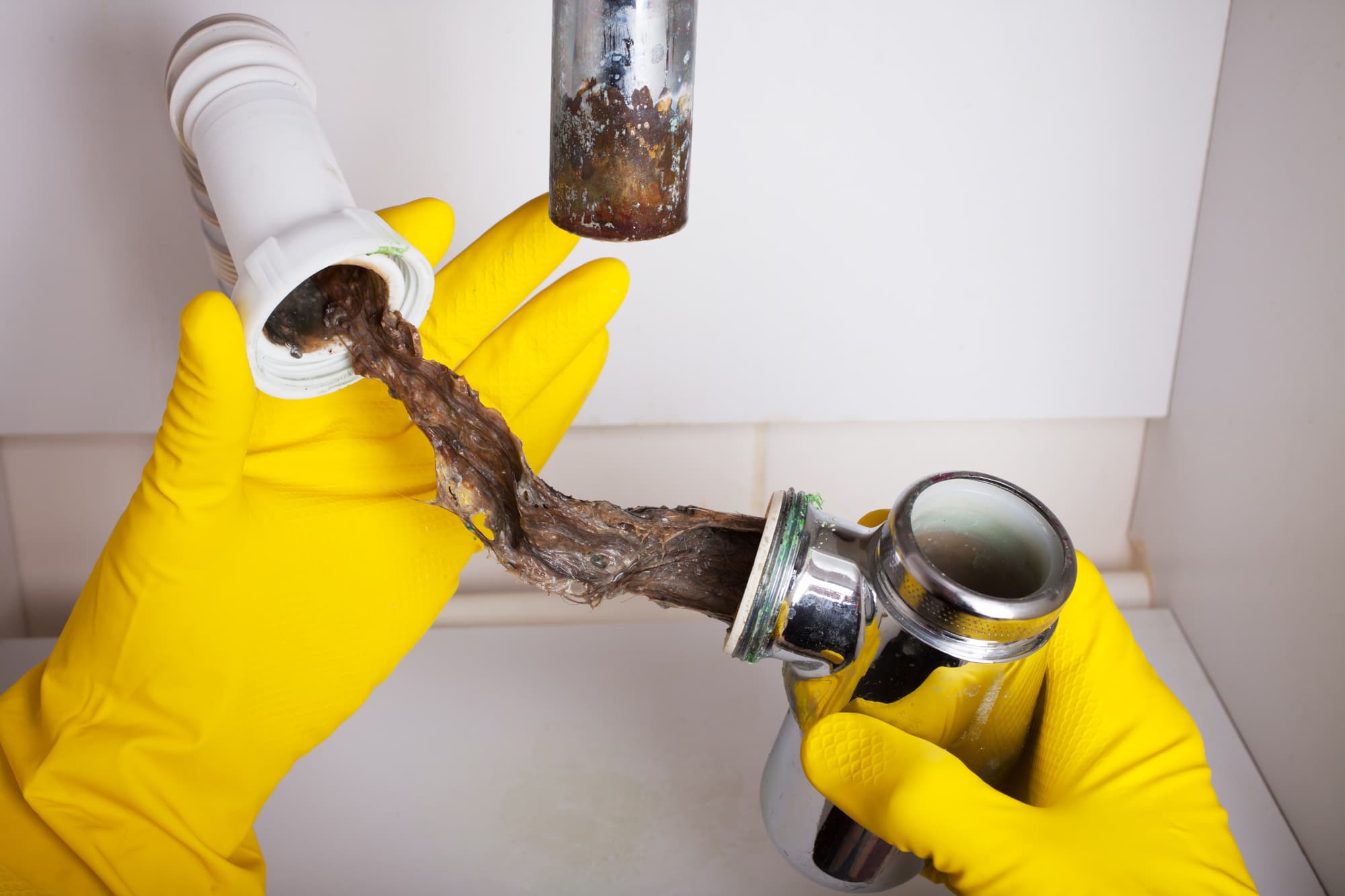



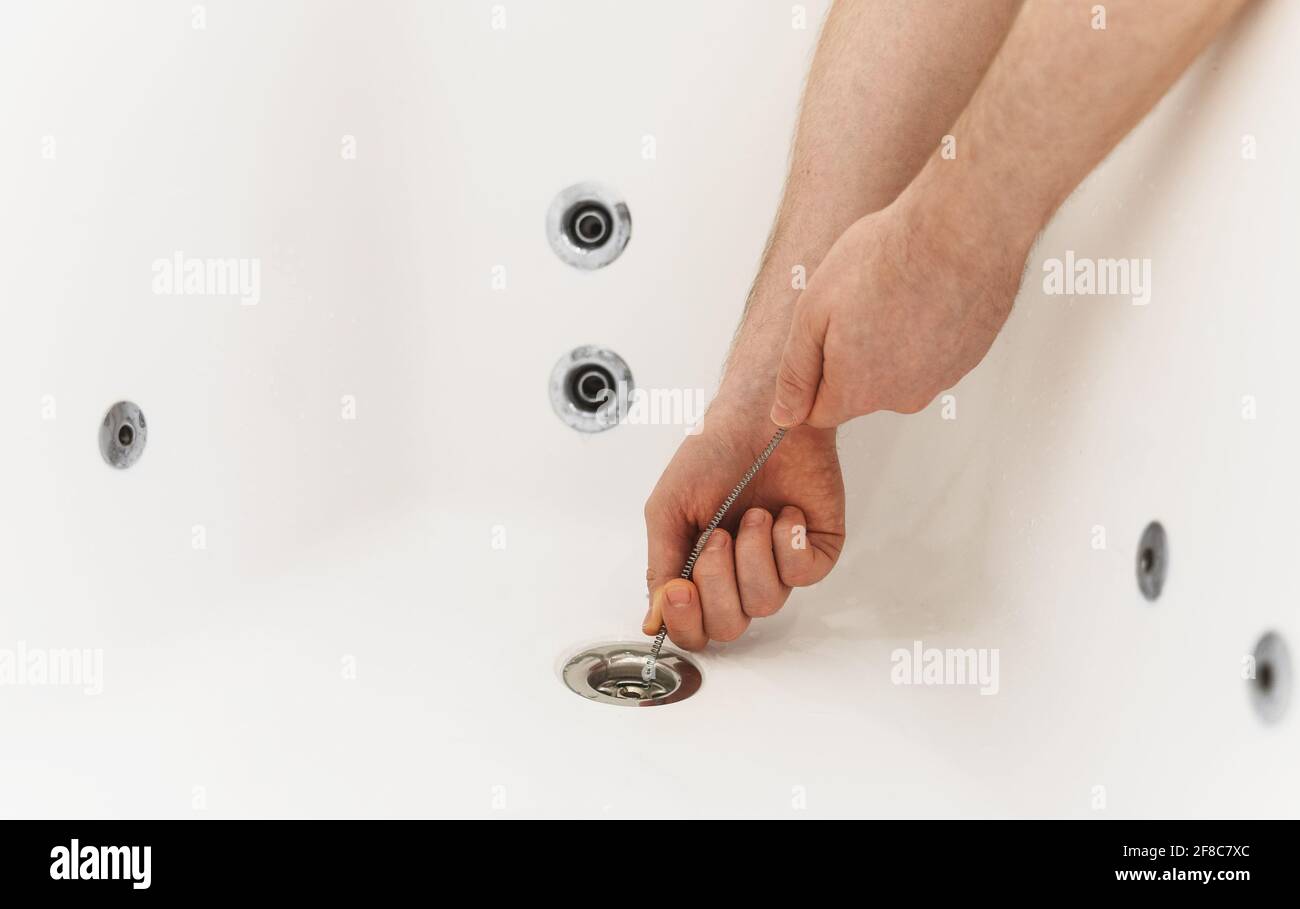





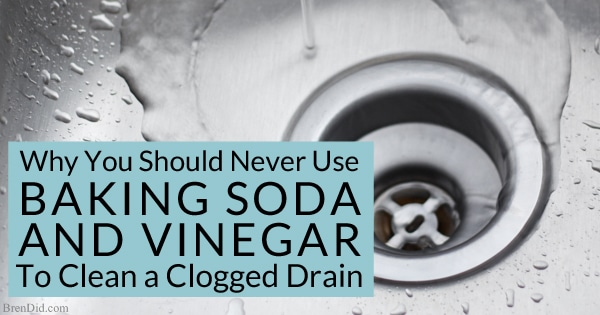
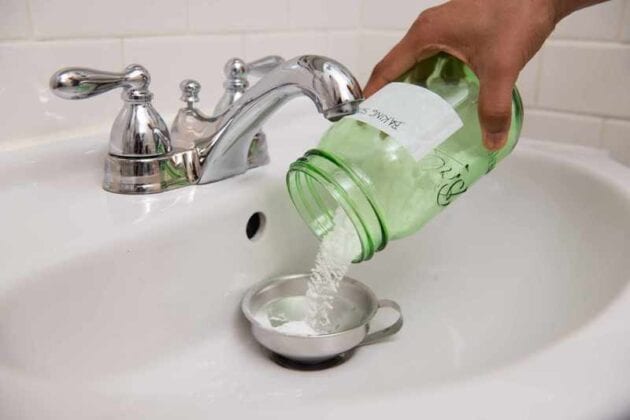
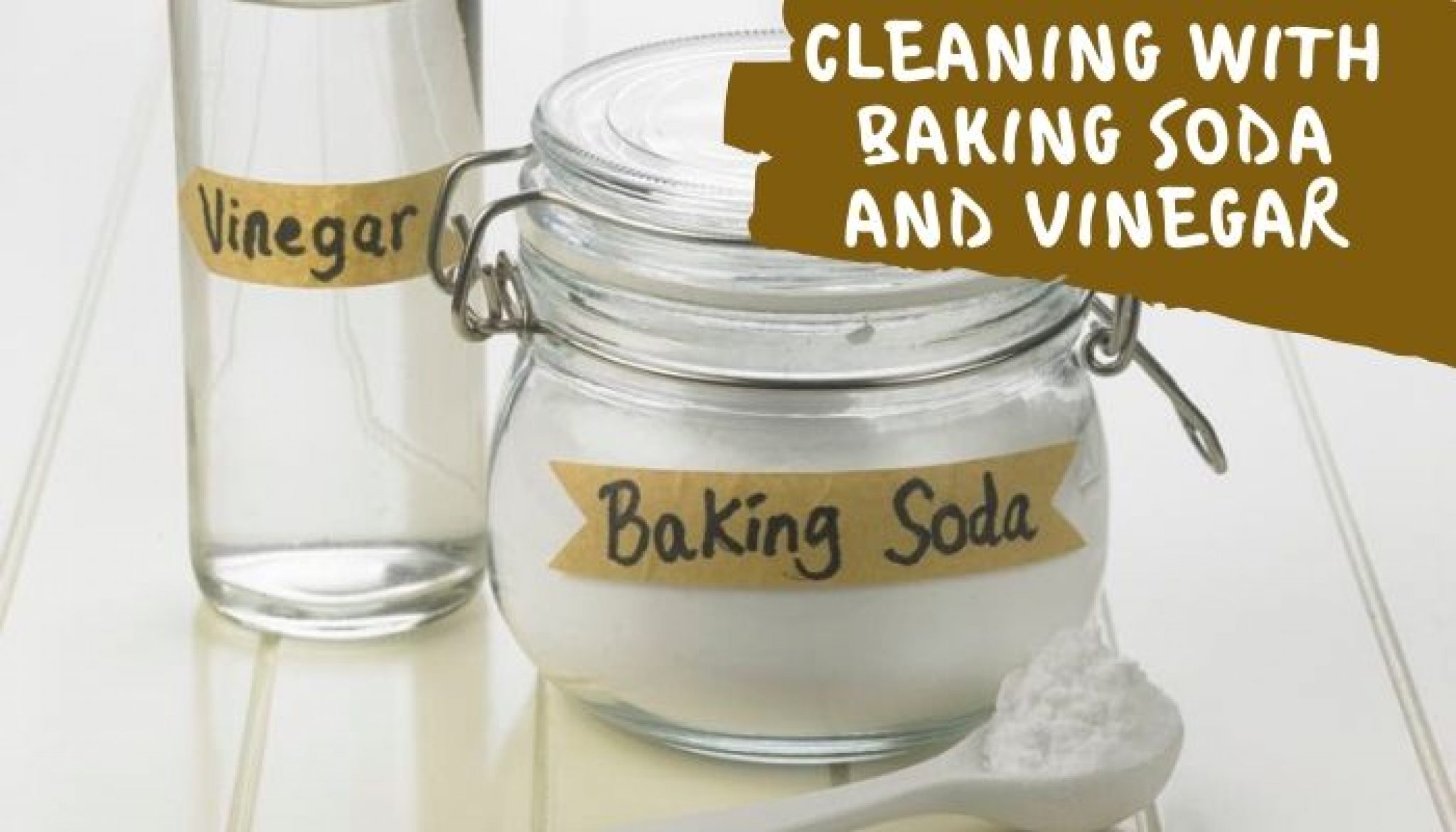




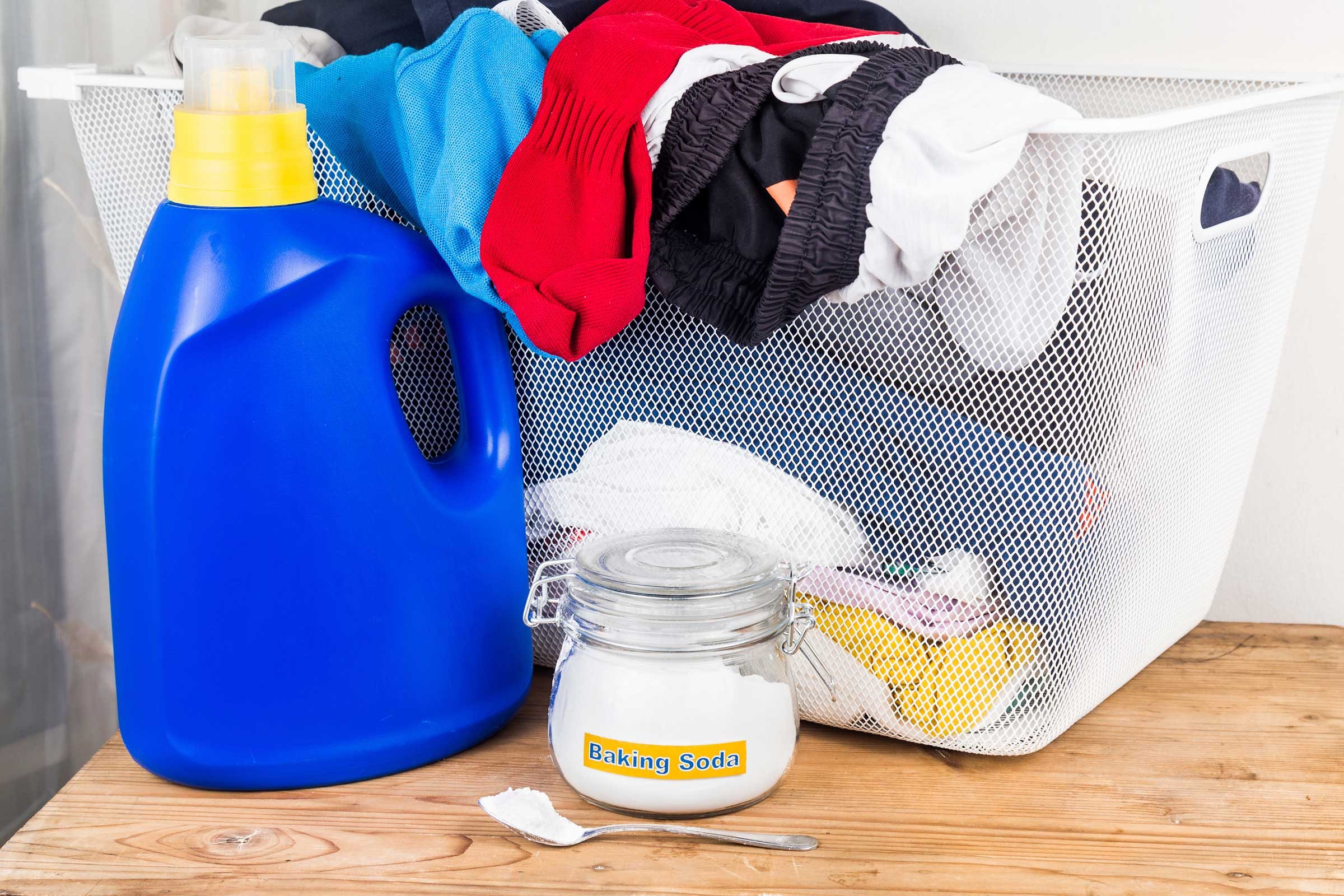
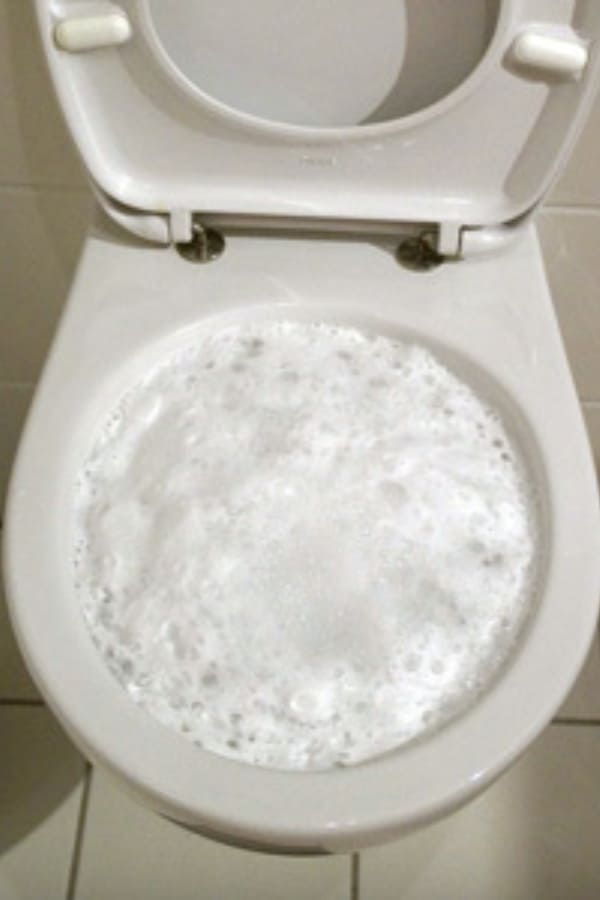

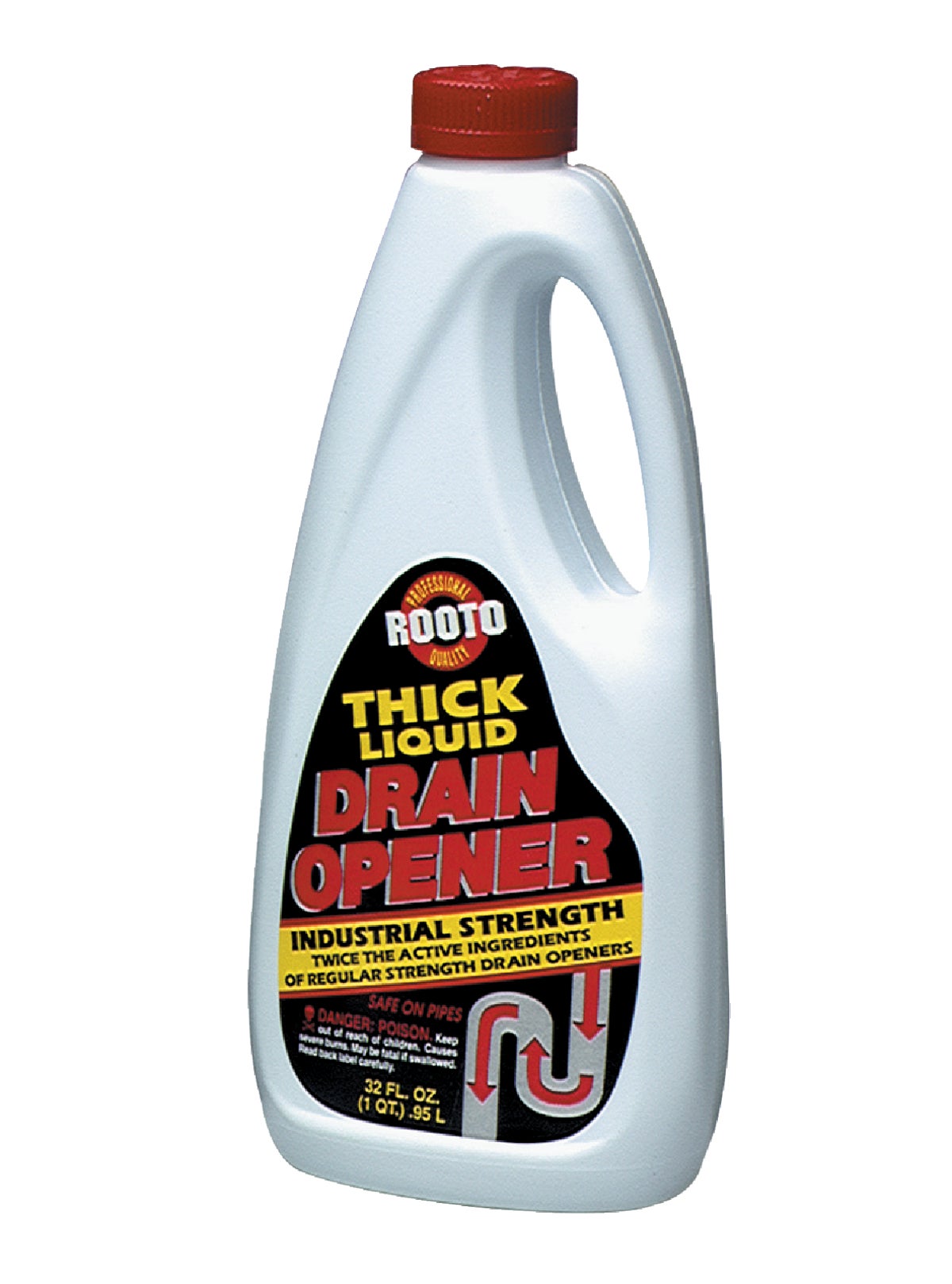
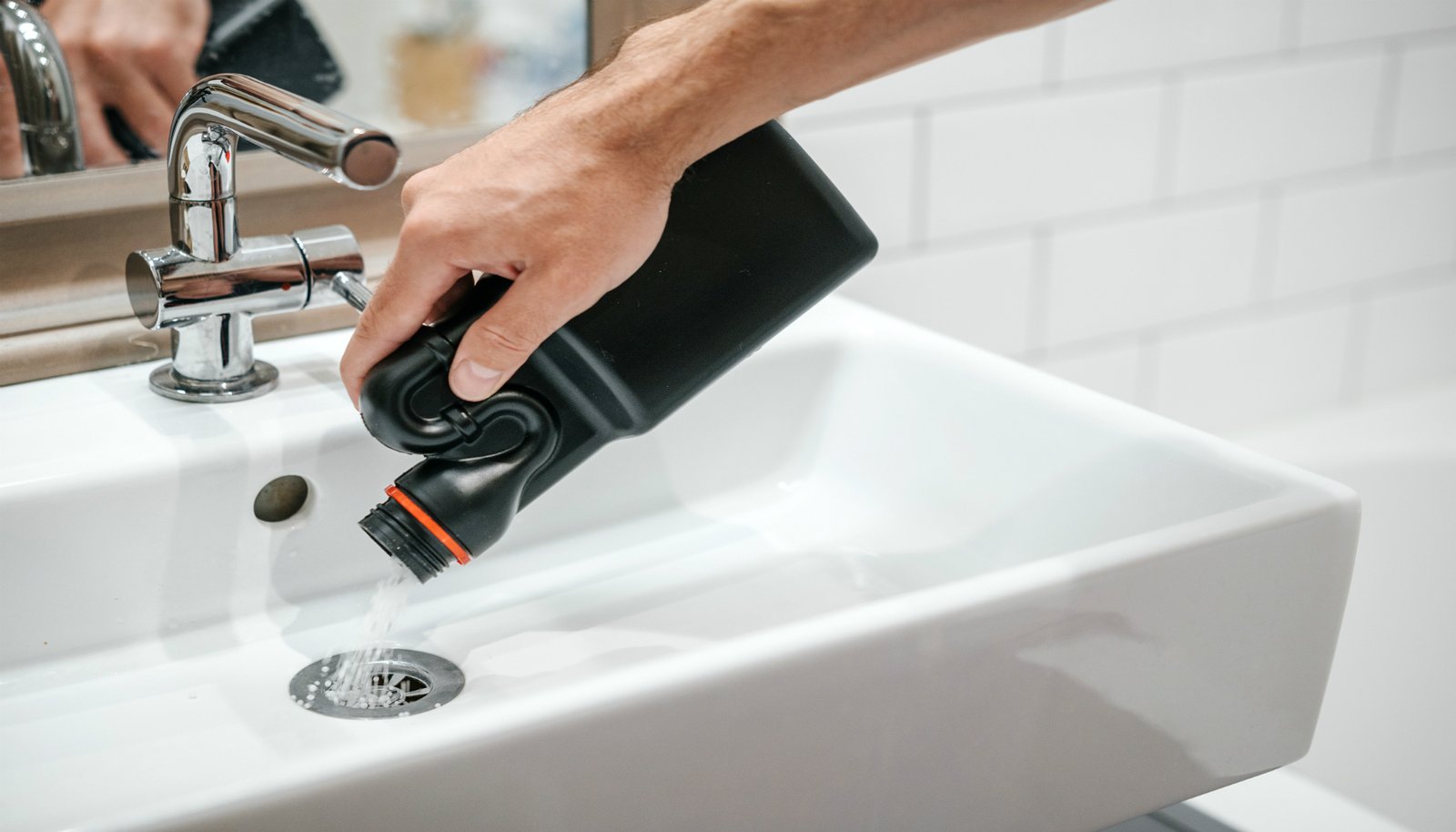





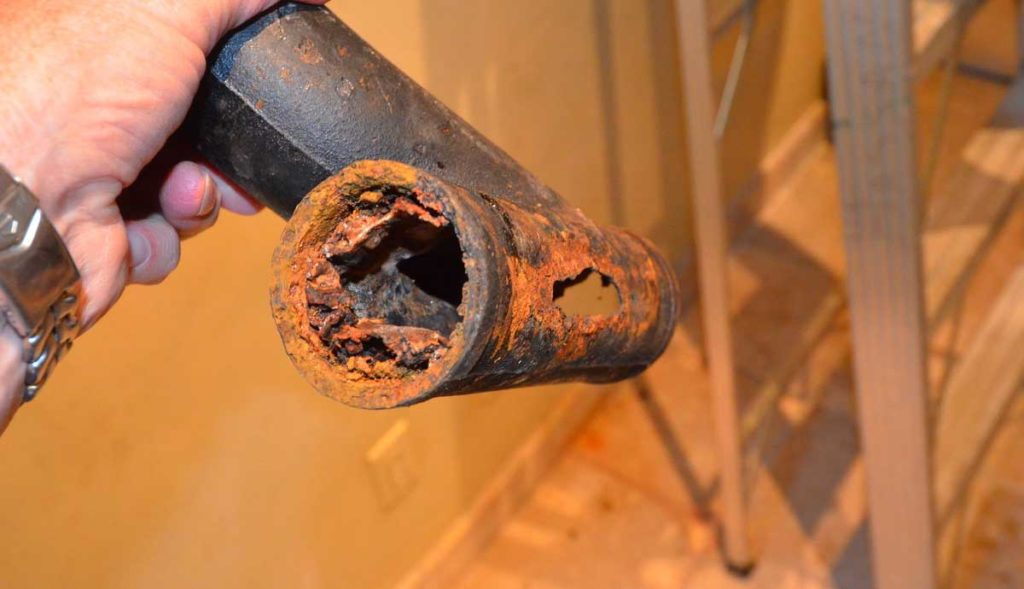




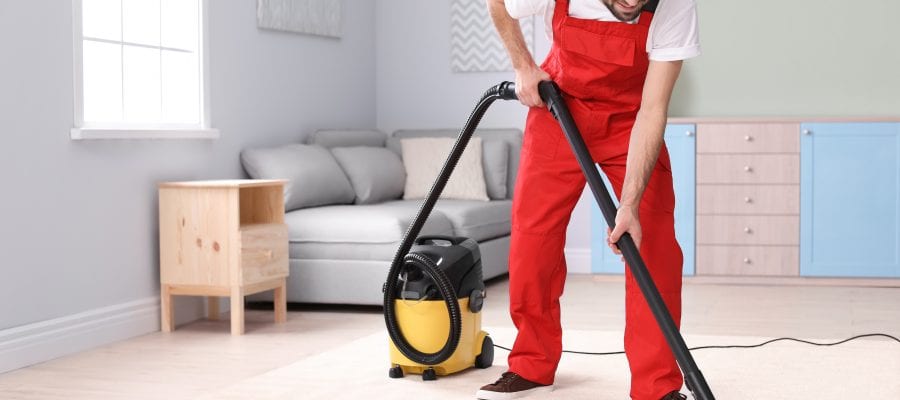
:max_bytes(150000):strip_icc()/The-best-wet-dry-vacuums-5224946_final-bb157f09533247c2b59a6c6b6f30e731.jpg)





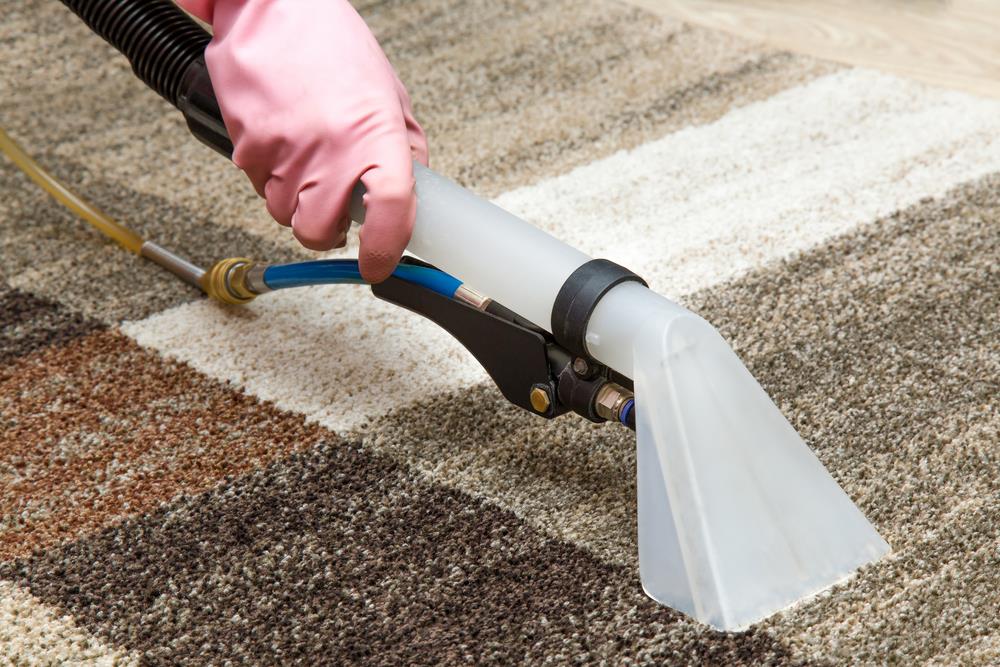





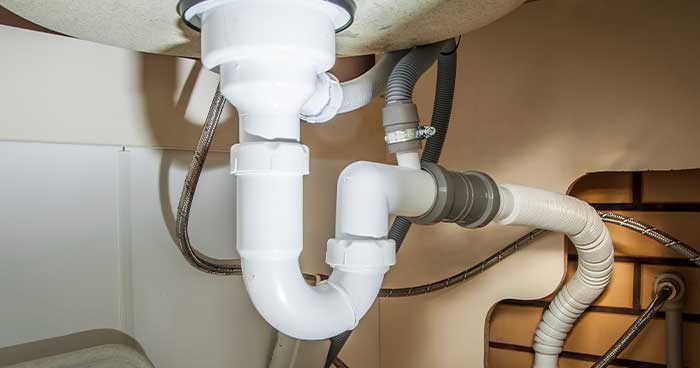


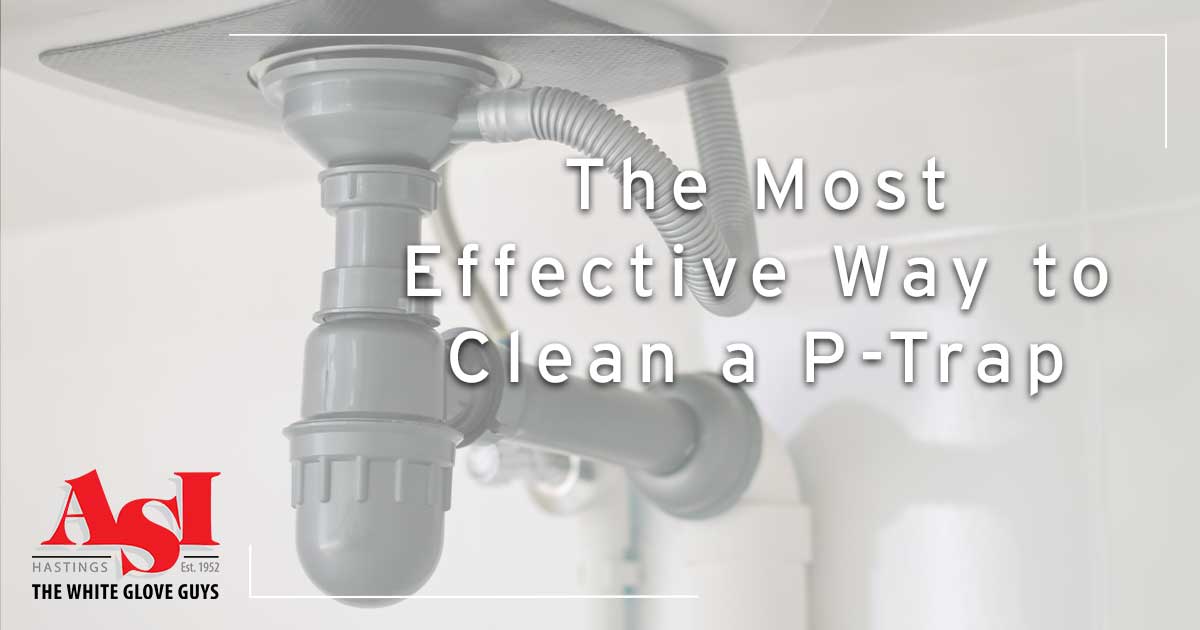




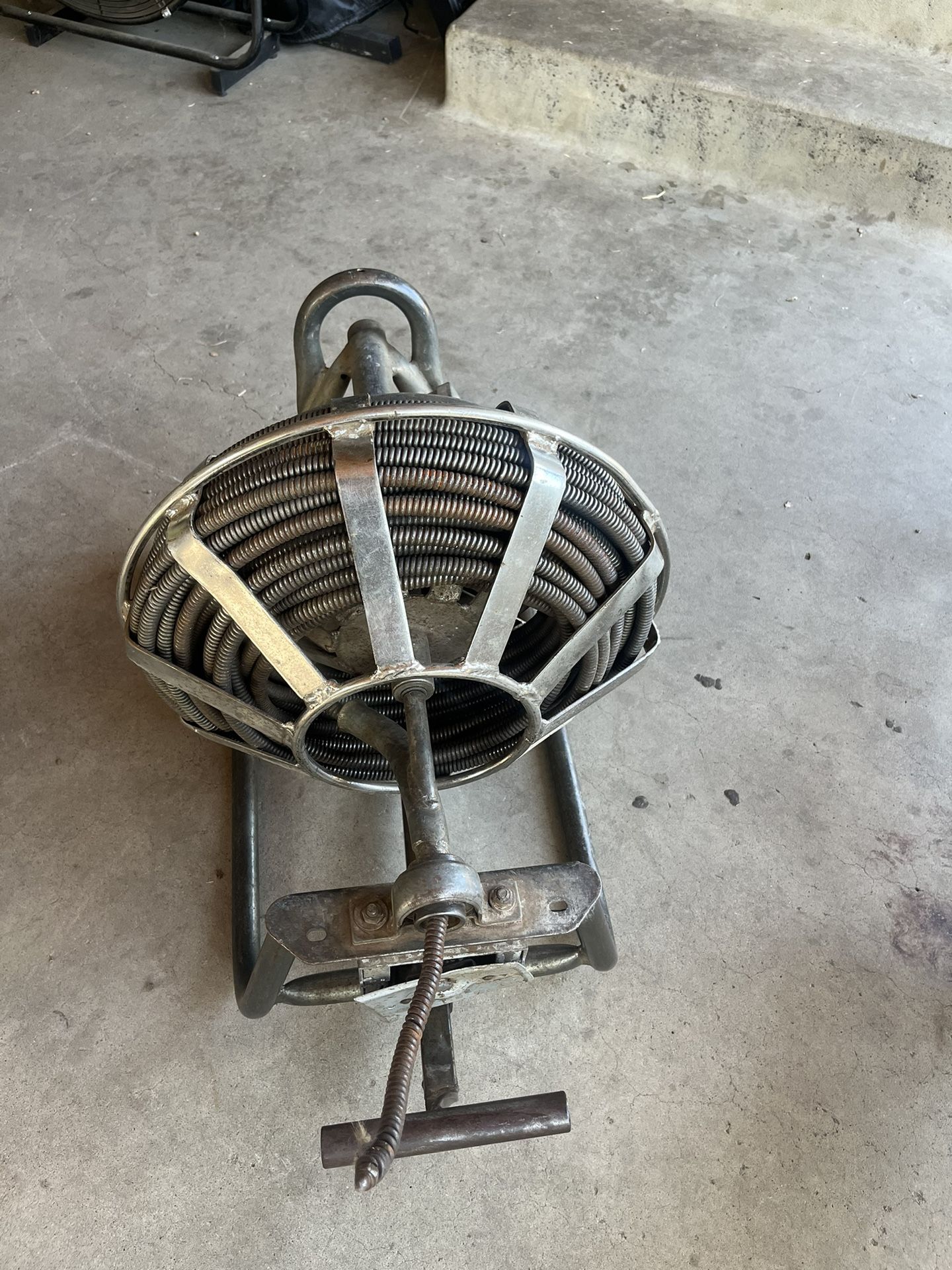


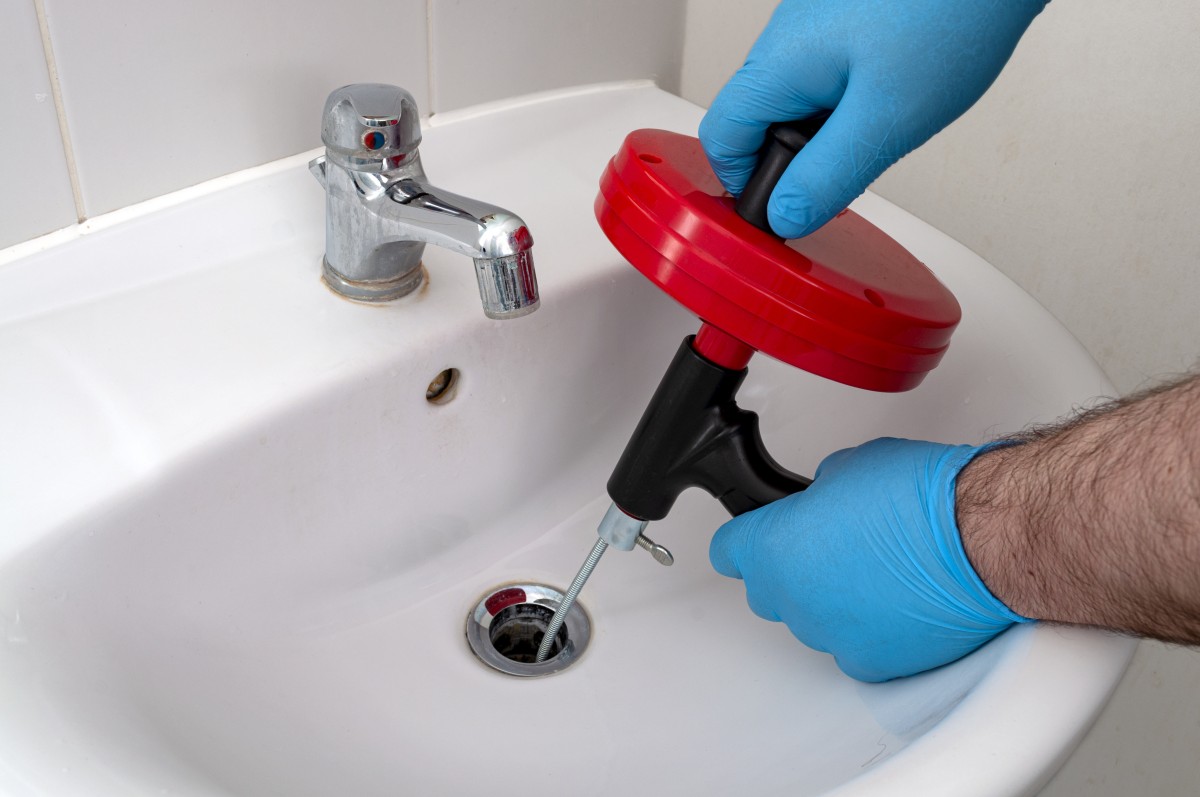
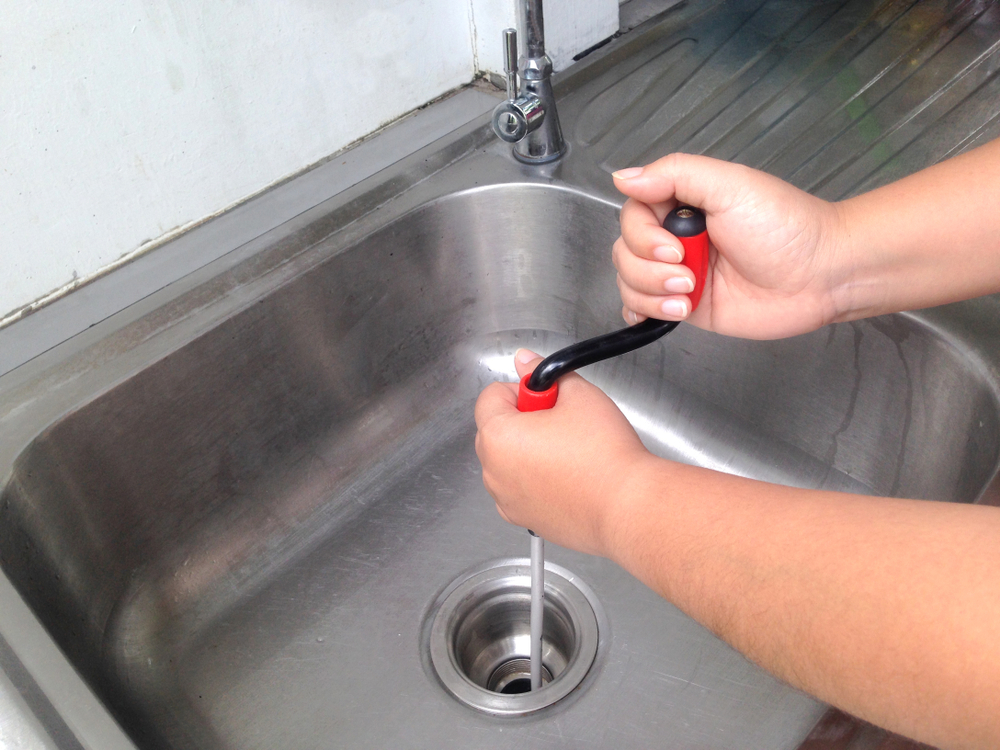


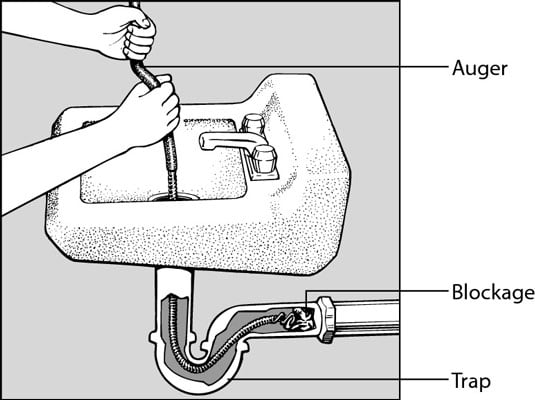




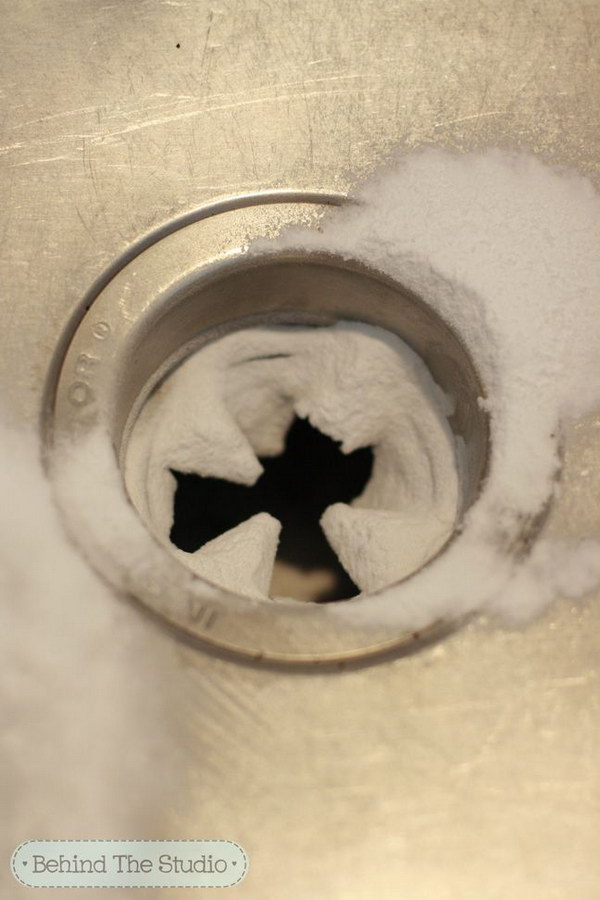

:max_bytes(150000):strip_icc()/homemade-drain-cleaner-2718784_final-359556aadfc74989bd3c4b4dcdc4d276.png)
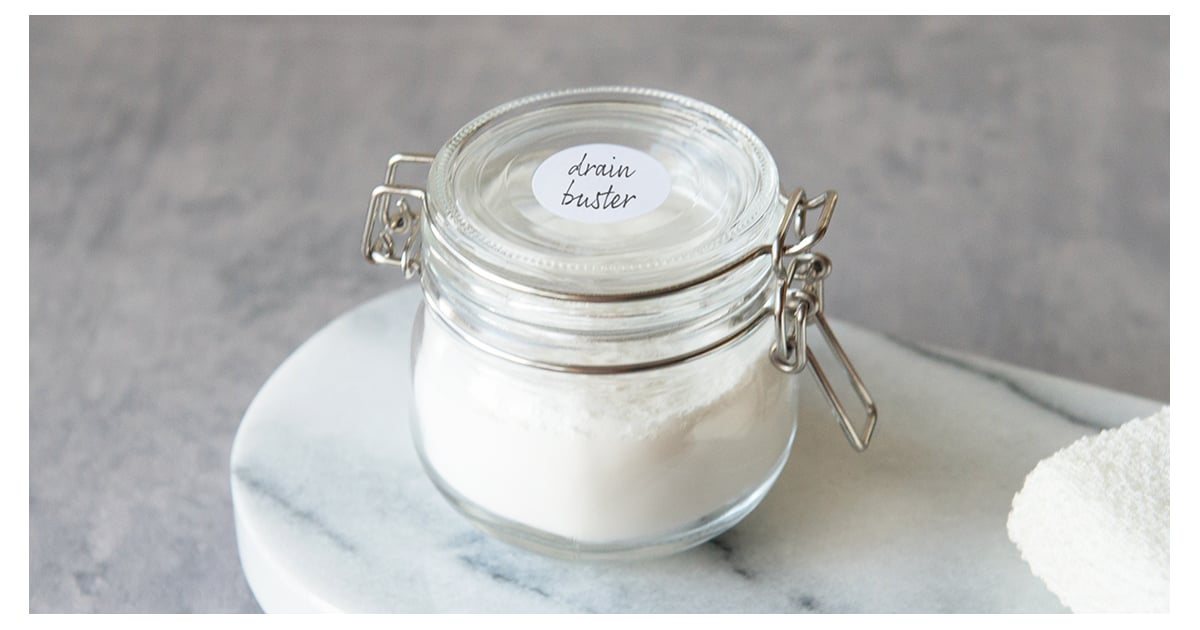
/water-bubbling-in-a-sink-565787327-5796b22c3df78ceb86aa3361.jpg)


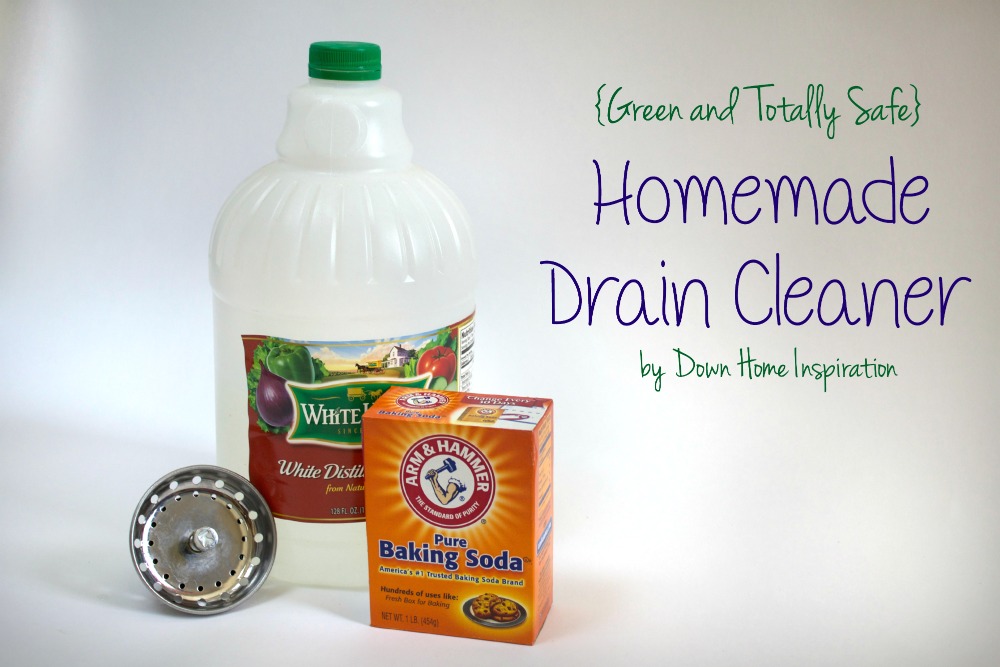
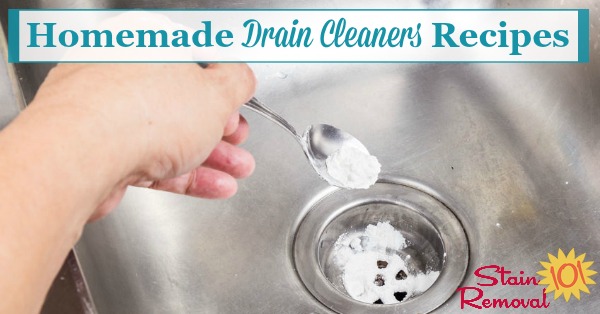





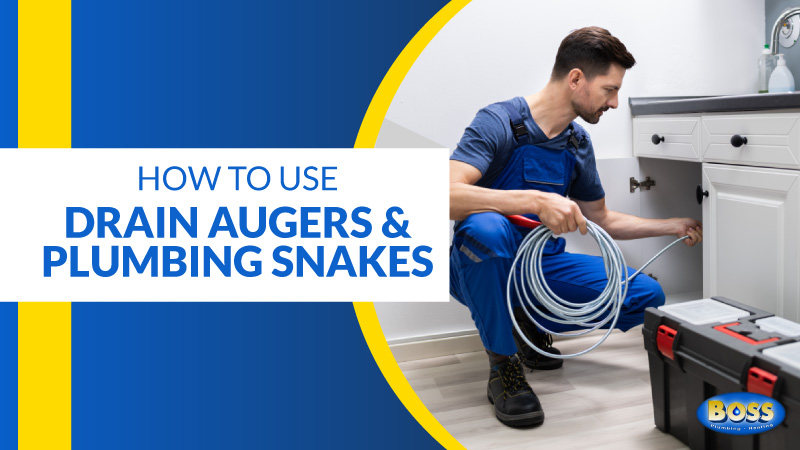

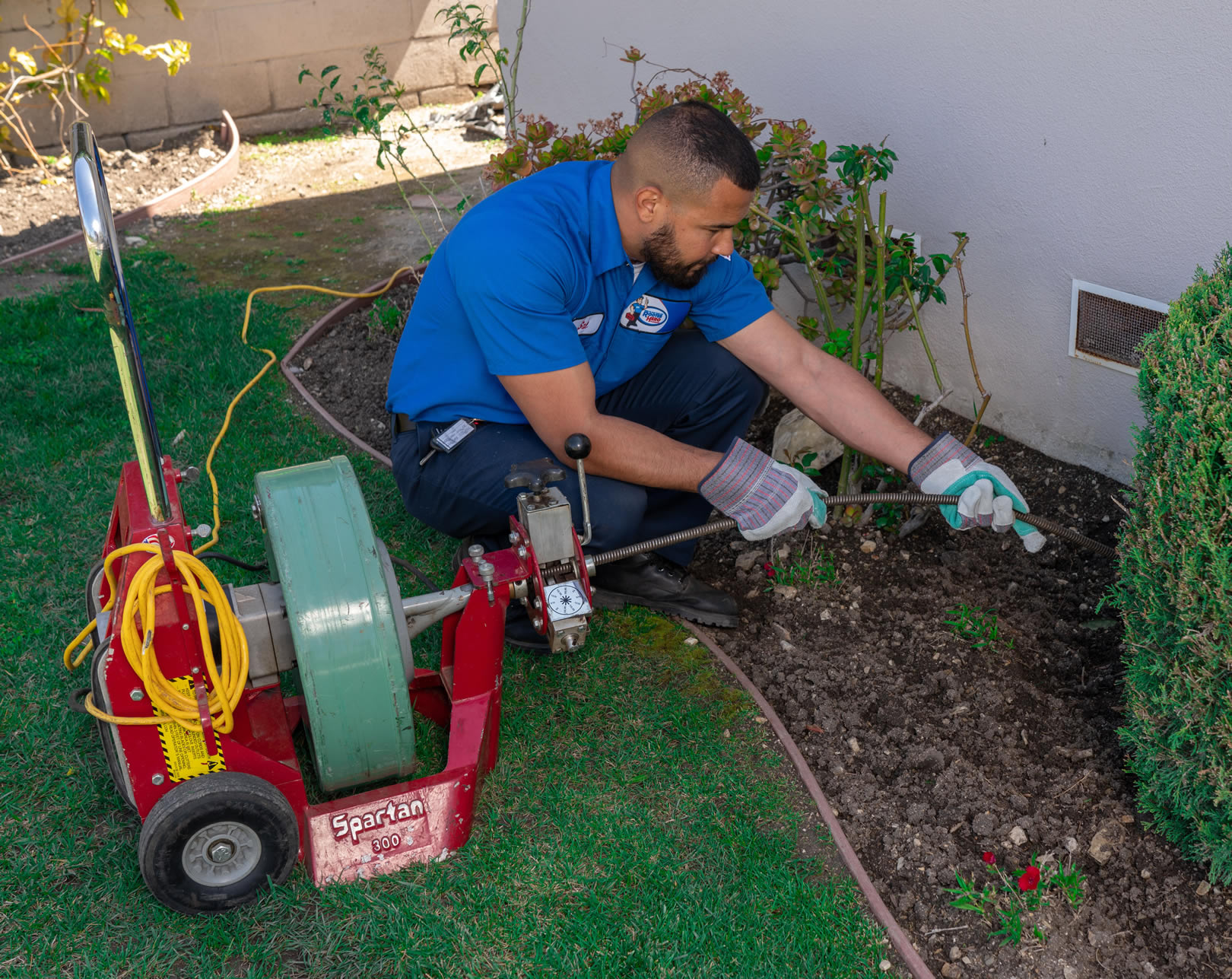
:max_bytes(150000):strip_icc()/610ysksqc7L._SL1200_-5730e00d5f9b58c34cad5329.jpg)

